Last updated on
Installing doors typically takes place after drywall installation to ensure proper alignment and fit.
The installation of doors before drywall is a common question among homeowners and contractors alike. In general, the answer is no; doors are usually installed after the drywall is in place. This practice allows for a cleaner finish and more precise door placement.
However, there are exceptions to this rule, depending on the specifics of the project. In the following sections, we will delve into the details of door and drywall installation, providing a comprehensive guide to help you make the best decision for your home improvement project.
Key takeaways:
- Doors are usually installed after drywall for a cleaner finish.
- Exceptions to this rule depend on the project.
- Steps: frame door opening, install door, then install drywall.
- Common mistakes: not accounting for drywall thickness, neglecting door jamb extension, skipping shimming, not planning for trim and molding, overlooking protective hardware.
- Expert tips: use trim studs, protect door casing, allow for adjustments, use the right tools, consider pre-hanging doors.
Table of Contents
Installation Process: Doors Before Drywall?
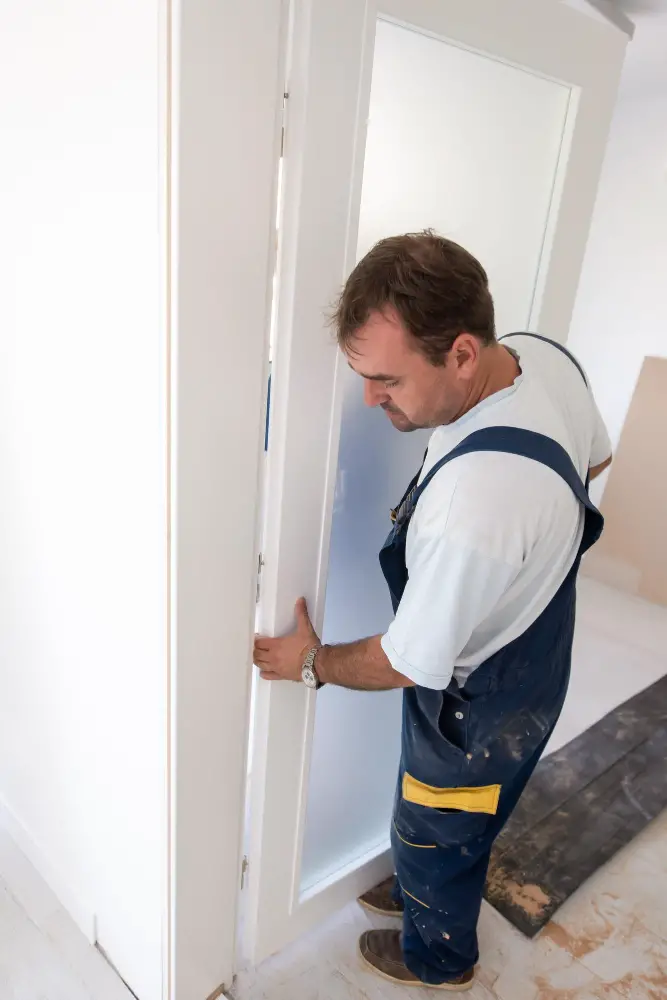
The first step is to establish the desired placement of the door, marked by framing the door opening. The next step involves the actual door installation. Hinges, frame, and door slab should be securely mounted, ensuring that the door swings properly and latches correctly.
Once the door is fitted, the drywall installation comes next. The drywall should be measured and cut to align neatly with the edges of the door frame. For an easier installation process, it is recommended to do one side of the door first, let it dry, and then proceed with the other side.
It’s important to note some common practices during the installation process:
- Extra caution should be taken so as not to damage the newly installed door while handling and mounting the drywall.
- Drywall should not extend into the door frame. It should conclude seamlessly with the doorframe edge.
- Drywall screws or nails should be placed far enough from the door frame to prevent compromising the door’s structural integrity.
Pros and Cons of Installing Doors Before Drywall

Opting to install doors before drywall has both benefits and drawbacks. One advantage is the opportunity for a more precise fit and alignment of the door frame. This approach allows contractors to account for variances or imperfections in the surrounding structure. Additionally, mounting doors early in your renovation project might simplify logistics by eliminating back-and-forths, particularly in extensive remodeling jobs.
However, the risks are equally noteworthy. Early-installed doors are potentially susceptible to damage during the drywall installation – dings, scratches, or, in the worst case, structural impairment. Besides, this method may complicate the drywall hanging process, requiring more intricate cuts around door frames. Lastly, setting doors ahead of drywall may limit adjustment capabilities later on, especially if you decide to change wall thickness or door positioning upon reevaluating the interior design layout.
Common Mistakes When Installing Doors Before Drywall
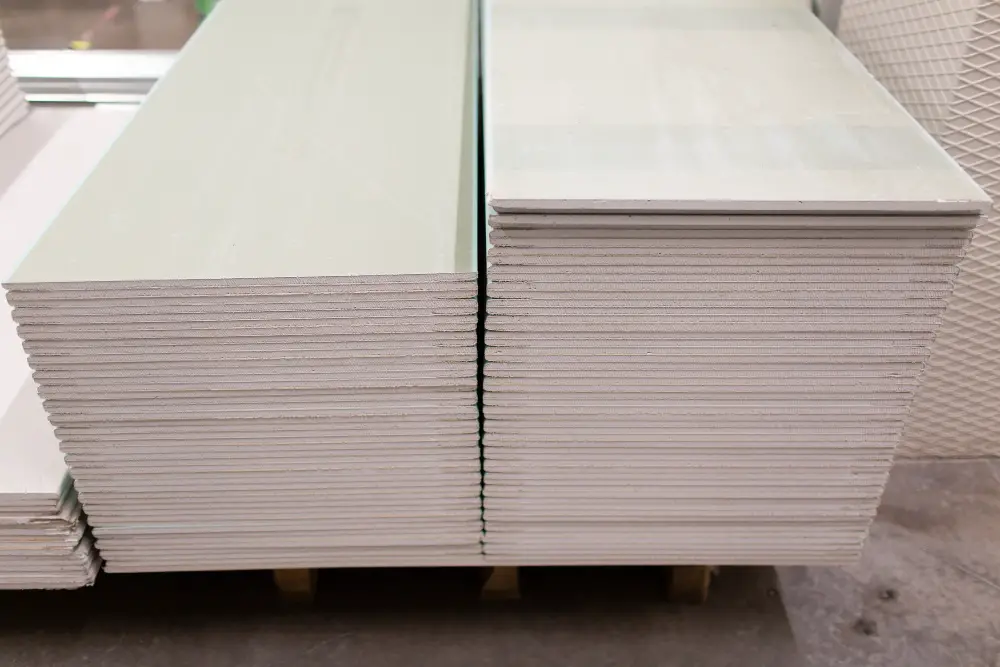
Errors can easily derail the door installation process. One common blunder is not accounting for the thickness of the drywall during measurements, leading to doors that fail to close properly. This can result in costly adjustments or even replacements later.
Another issue is neglecting the door jamb extension. Doors installed without considering the width of the future drywall often appear inset or recessed once the drywall is in place.
Skipping shimming, typically done to ensure the frame is level and plumb, is another common mistake. Without shimming, the door might not function correctly, leading to malfunctions like sticking or failing to latch.
Not planning for trim and molding is another oversight. These decorative aspects can affect the door’s functionality when not factored into the installation process, leading to undesirable aesthetic results.
Lastly, many DIYers overlook the necessary protective hardware, such as hinge stops or door bumpers, that prevents damage to both the door and the drywall.
Averting these mistakes is crucial for a smooth and successful installation, saving you time, energy, and potentially hefty repair costs.
Expert Tips for Door Installation Before Drywall

To ensure a successful installation process, consider the following guidelines.
1. Use Trim Studs Appropriately: Trim studs play a pivotal role in installing the door correctly. Therefore, ensure they are plumb. Using a level to confirm can help achieve this.
2. Door Casing Considerations: Protect the door in the beginning stages of installation. Keep the door casing off, especially while hanging the drywall.
3. Allow Room for Adjustments: Ensure there’s adequate room for minor adjustments when framing the doorway. Space provision can account for possible errors during drywall installation.
4. Right Tools Make a Difference: Equip yourself with appropriate tools for successful door installation. Typically, a finish nailer and chopsaw will suffice.
5. Pre-hanging Doors Can Save Time: Consider pre-hanging doors. Pre-hung doors come already attached to the frame, simplifying the process and saving time.
Following these guidelines can assist in making the process smoother, ensuring the end result is a well-installed door, aligned perfectly with your drywall.
The Impact of Door Installation Order On Renovation Projects
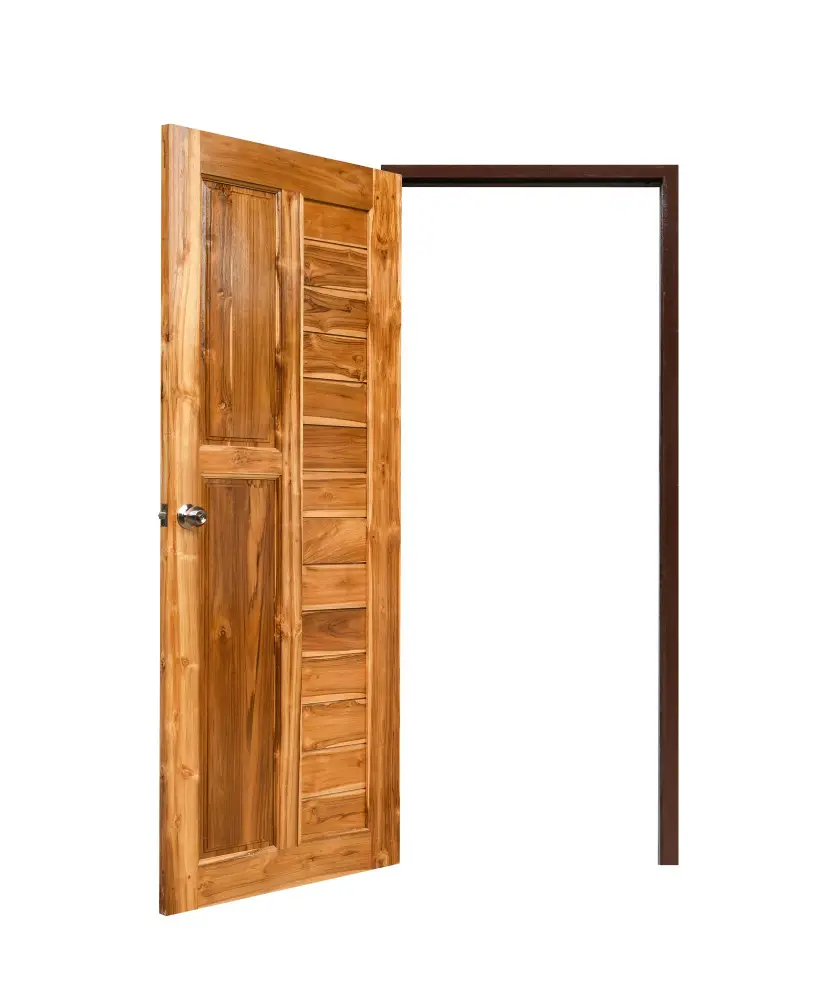
The sequence of your renovation tasks significantly affects the overall project’s success and efficiency. If you opt to set up doors first, consider these pivotal aspects to maintain seamless execution:
1. Door Type: The kind of door you choose can significantly influence the installation sequence. For example, installing prehung doors – doors already mounted into a frame – can be done before the drywall to ensure proper alignment.
2. Protection Measures: When doors are installed before drywall, take extra measures to protect them from potential construction damage or dirt accumulation.
3. Precise Measurements: Measure the door and frame, accounting for the drywall thickness. This ensures the door won’t be recessed or sticking out once the drywall is installed.
By paying heed to these details, you can make an informed decision and execute your renovation project smoothly, ensuring that your door and drywall installation is a success.
Additionally, for critical areas like the entryway, professional help can be really beneficial. Consider opting for a reliable front door installation service to make sure that your doors are installed correctly while also adding to the overall aesthetic and security of your home.
Ideally Sized Doors for Pre-Drywall Installation
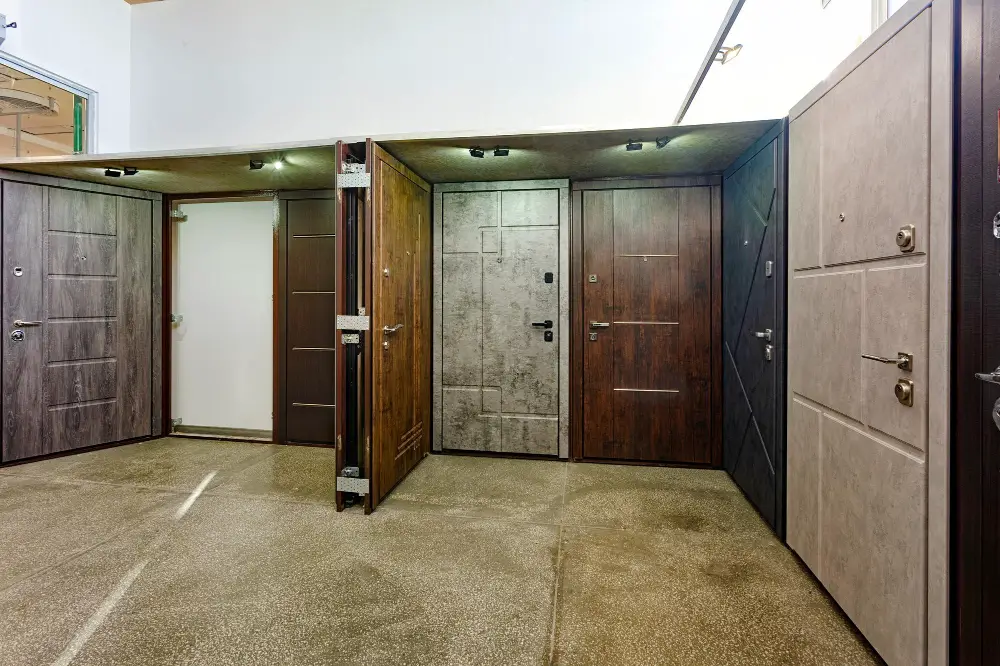
Choosing the right door size is an integral part of a pre-drywall installation process. There are certain dimensions to consider to ensure a smooth fit and operation.
1. Standard Door Sizes: Commonly, interior doors are 80 inches in height and 24 to 36 inches in width. Adhering to these standard measurements can help eliminate the possibility of clearance issues once drywall is installed.
2. Framing Sizes: The door frame should ideally have a width two inches more than the door slab. This additional space ensures that the door fits comfortably, allowing room for minor adjustments during the drywall process.
3. Additional Clearance: Consideration should also be given to the thickness of the drywall, generally ranging from 1/2 inch to 5/8 inch on either side of the wall. Including this extra space prevents potential future scraping or sticking of doors.
Remember, the key is in the precision of measurements to ensure seamless door operation post drywall installation.
How Drywall Thickness Affects Door Installation
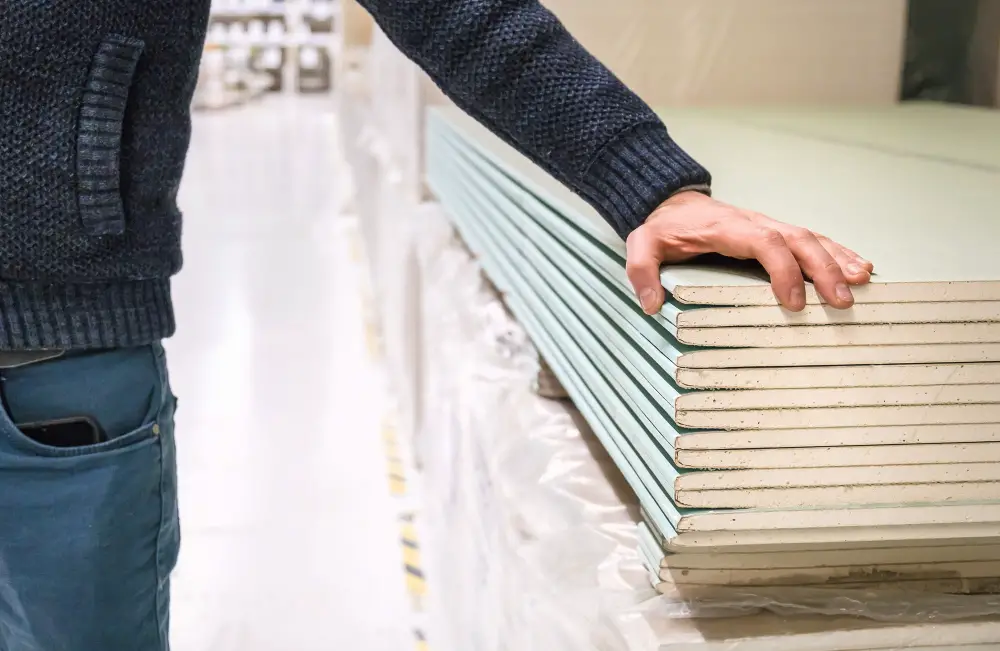
While some might overlook the role of drywall thickness in door installation, it’s quite an essential factor to consider. Firstly, the thickness can impact the placement of your door jambs. A drywall thickness that does not match your doors will result in poor alignment, possibly leading to functional and aesthetic issues.
Secondly, drywall thickness can affect the accuracy of your door’s trim work. It’s crucial to ensure that the thickness of your drywall is consistent with the trim around your doors. When the thickness of the drywall varies, the trim may not fit correctly, and the door may not close properly.
Additionally, a thicker drywall may necessitate an adjustment of the door’s size for optimal functioning. This could inherently mean that door selection would need to account for this factor.
Lastly, it’s worth noting that doors installed after drywall have the advantage of a more precise fit, as the drywall thickness has already been figured into the equation. However, this doesn’t take away from the possibility of installing doors before drywall – It just requires careful planning and consideration of the drywall thickness to ensure a smooth, professional finish.
FAQ
Should I install doors before or after drywall?
Doors should be installed after drywall, painting, and hard flooring, but before carpeting, as this order enables optimal dust containment and avoids damage to the doors.
When should doors be installed?
Doors should ideally be installed after finishing the walls and ceilings, especially when the door-frame is precisely adjusted to the size of the opening.
Do you install door jamb before drywall?
In general, it is advisable to install the drywall before the door jamb to avoid potential damage towards the doors and jambs as well as to have an easier installation process, except in cases of exterior doors where installation might be necessary for security reasons.
Do you paint walls or install doors first?
In terms of order, it is generally advised to install doors before painting walls to avoid potential damage or touch-ups to a freshly painted surface.
How does door installation timing impact the finish of a room?
Door installation timing greatly affects the room’s final look as installing doors at the end of the renovation process ensures that they remain unscratched and pristine, complementing the overall finish of the room.
Can installing doors after drywall lead to measurement errors?
Yes, installing doors after drywall might lead to measurement errors due to potential changes in wall thickness.
How does the sequence of painting, drywalling, and door installation affect the overall project timeline?
The sequence of painting, drywalling, and door installation significantly impacts the overall project timeline as drywalling must be completed first to establish wall surfaces, followed by door installation to ensure accurate fit and function, and finally painting, to avoid damage or unnecessary touch-ups.




